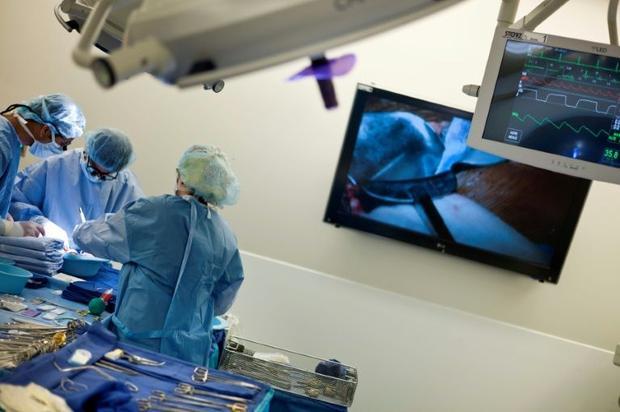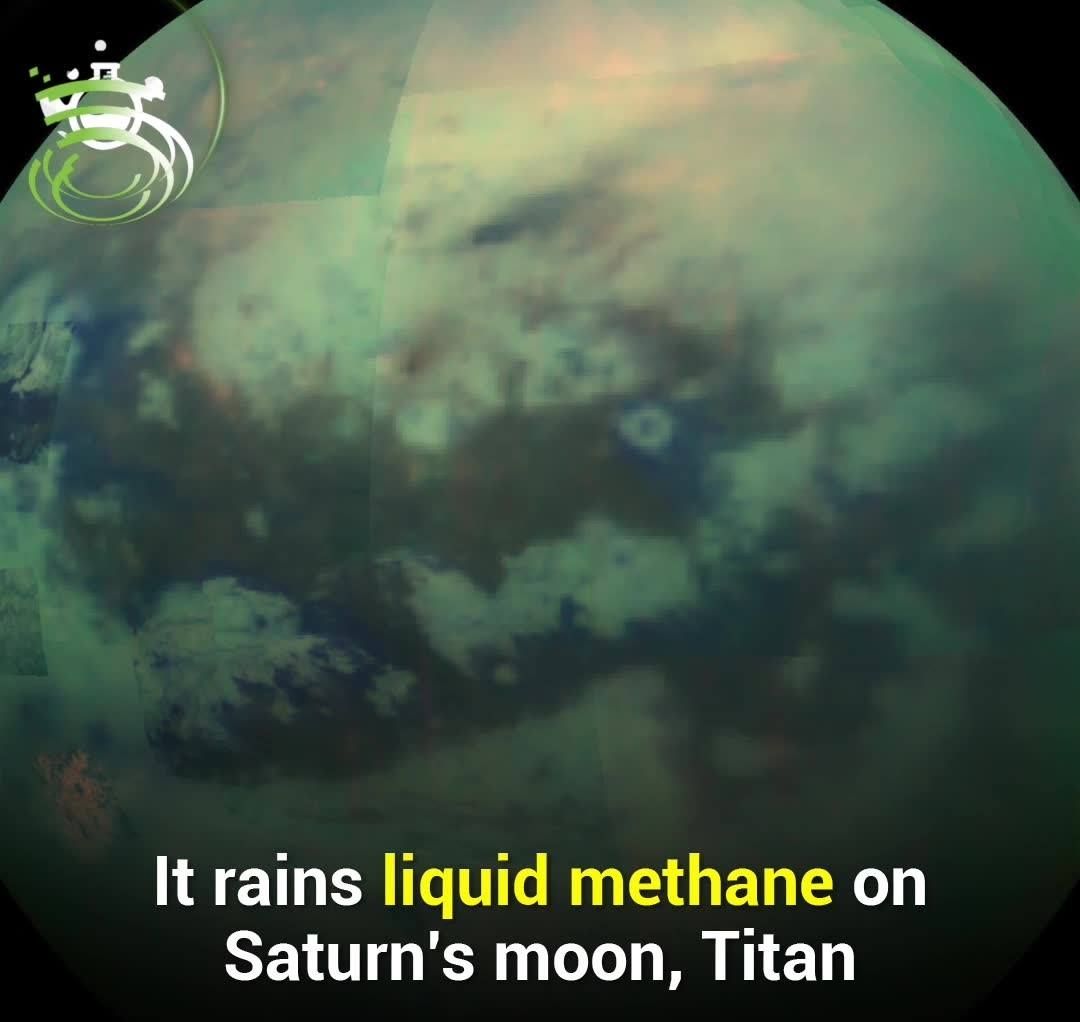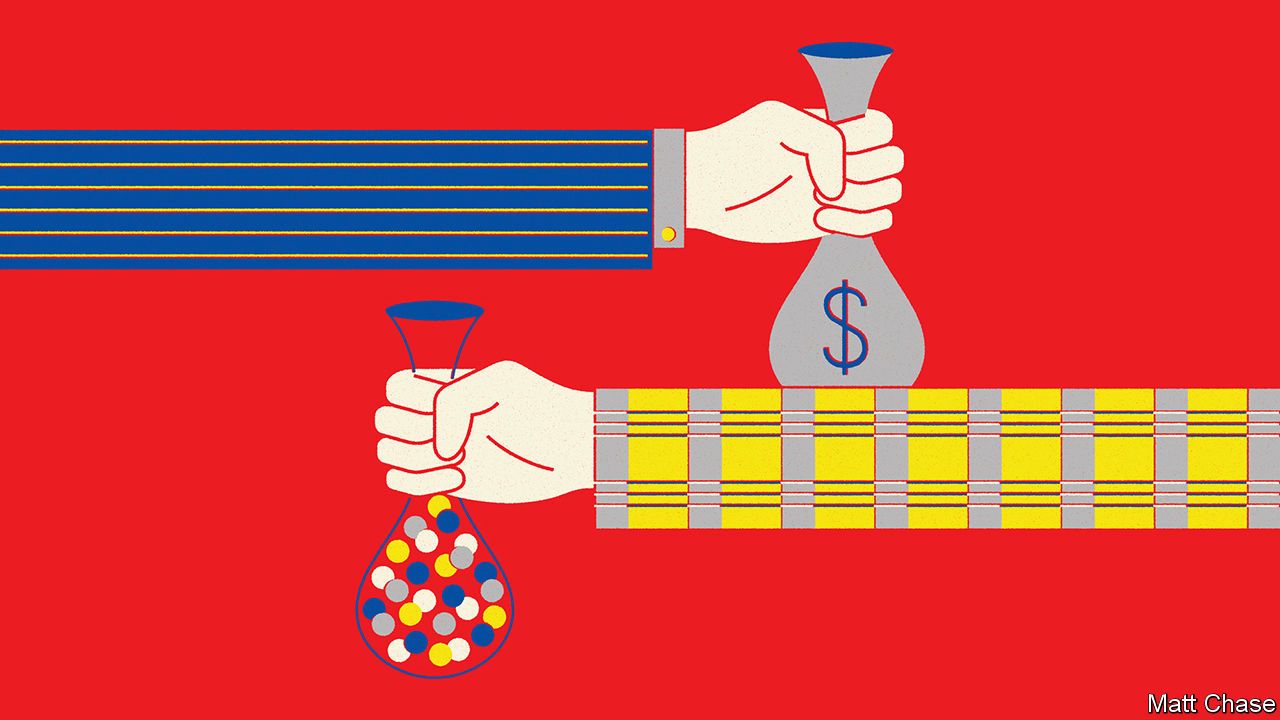Page 10012
Jul 15, 2018
Robot chefs are popping up in restaurants around the world
Posted by Dan Kummer in categories: food, robotics/AI
“Doughbots” in California speed up stretching pizza dough from 45 seconds to just nine.
CREATOR, a new hamburger joint in San Francisco, claims to deliver a burger worth $18 for $6—in other words, to provide the quality associated with posh restaurants at a fast-food price. The substance behind this claim is that its chef-de-cuisine is a robot.
Until recently, catering robots have been gimmicks. “Flippy”, a robotic arm that flipped burgers for the entertainment of customers at CaliBurger in Pasadena, near Los Angeles, earlier this year is a prime example. But Flippy could perform only one task. Creator’s bot automates the whole process of preparing a burger. And it is not alone. Other robot chefs that can prepare entire meals are working, or soon will be, in kitchens in other parts of America, and in China and Britain.
Continue reading “Robot chefs are popping up in restaurants around the world” »
Jul 15, 2018
Revolution in quake detection technology
Posted by Shailesh Prasad in category: futurism
A new method using existing communications cables could make earthquakes easier to detect.
Jul 15, 2018
Q&A: Why AI is set to change healthcare (Includes interview)
Posted by Shailesh Prasad in category: robotics/AI
From image analysis to data management, artificial intelligence is reshaping healthcare. Darren Schulte from Apixio looks at some real-world examples, and the advantages and disadvantages.
Jul 15, 2018
Automating Drug Discoveries Using Computer Vision
Posted by Shailesh Prasad in categories: biotech/medical, chemistry, computing
“Every time you miss a protein crystal, because they are so rare, you risk missing on an important biomedical discovery.”
- Patrick Charbonneau, Duke University Dept. of Chemistry and Lead Researcher, MARCO initiative.
Protein crystallization is a key step to biomedical research concerned with discovering the structure of complex biomolecules. Because that structure determines the molecule’s function, it helps scientists design new drugs that are specifically targeted to that function. However, protein crystals are rare and difficult to find. Hundreds of experiments are typically run for each protein, and while the setup and imaging are mostly automated, finding individual protein crystals remains largely performed through visual inspection and thus prone to human error. Critically, missing these structures can result in lost opportunity for important biomedical discoveries for advancing the state of medicine.
Continue reading “Automating Drug Discoveries Using Computer Vision” »
Jul 15, 2018
Saturn’s moon Titan might host simple alien life forms
Posted by Shailesh Prasad in category: alien life
Jul 15, 2018
How an algorithm may decide your career
Posted by Genevieve Klien in categories: computing, employment, information science
WANT a job with a successful multinational? You will face lots of competition. Two years ago Goldman Sachs received a quarter of a million applications from students and graduates. Those are not just daunting odds for jobhunters; they are a practical problem for companies. If a team of five Goldman human-resources staff, working 12 hours every day, including weekends, spent five minutes on each application, they would take nearly a year to complete the task of sifting through the pile.
Little wonder that most large firms use a computer program, or algorithm, when it comes to screening candidates seeking junior jobs. And that means applicants would benefit from knowing exactly what the algorithms are looking for.
Jul 15, 2018
What if people were paid for their data?
Posted by Genevieve Klien in categories: economics, finance, health, security
“DATA SLAVERY.” Jennifer Lyn Morone, an American artist, thinks this is the state in which most people now live. To get free online services, she laments, they hand over intimate information to technology firms. “Personal data are much more valuable than you think,” she says. To highlight this sorry state of affairs, Ms Morone has resorted to what she calls “extreme capitalism”: she registered herself as a company in Delaware in an effort to exploit her personal data for financial gain. She created dossiers containing different subsets of data, which she displayed in a London gallery in 2016 and offered for sale, starting at £100 ($135). The entire collection, including her health data and social-security number, can be had for £7,000.
Only a few buyers have taken her up on this offer and she finds “the whole thing really absurd”. Yet if the job of the artist is to anticipate the Zeitgeist, Ms Morone was dead on: this year the world has discovered that something is rotten in the data economy. Since it emerged in March that Cambridge Analytica, a political consultancy, had acquired data on 87m Facebook users in underhand ways, voices calling for a rethink of the handling of online personal data have only grown louder. Even Angela Merkel, Germany’s chancellor, recently called for a price to be put on personal data, asking researchers to come up with solutions.
Jul 15, 2018
Australian experiment kills over 80% of disease-spreading mosquitoes
Posted by Genevieve Klien in category: biotech/medical
Jul 15, 2018
Zera Food Recycler turns food scraps into compost in 24 hours
Posted by Dan Kummer in category: food

This trash can turns your food scraps into compost in just 24 hours and is perfect for every family’s kitchen.
















